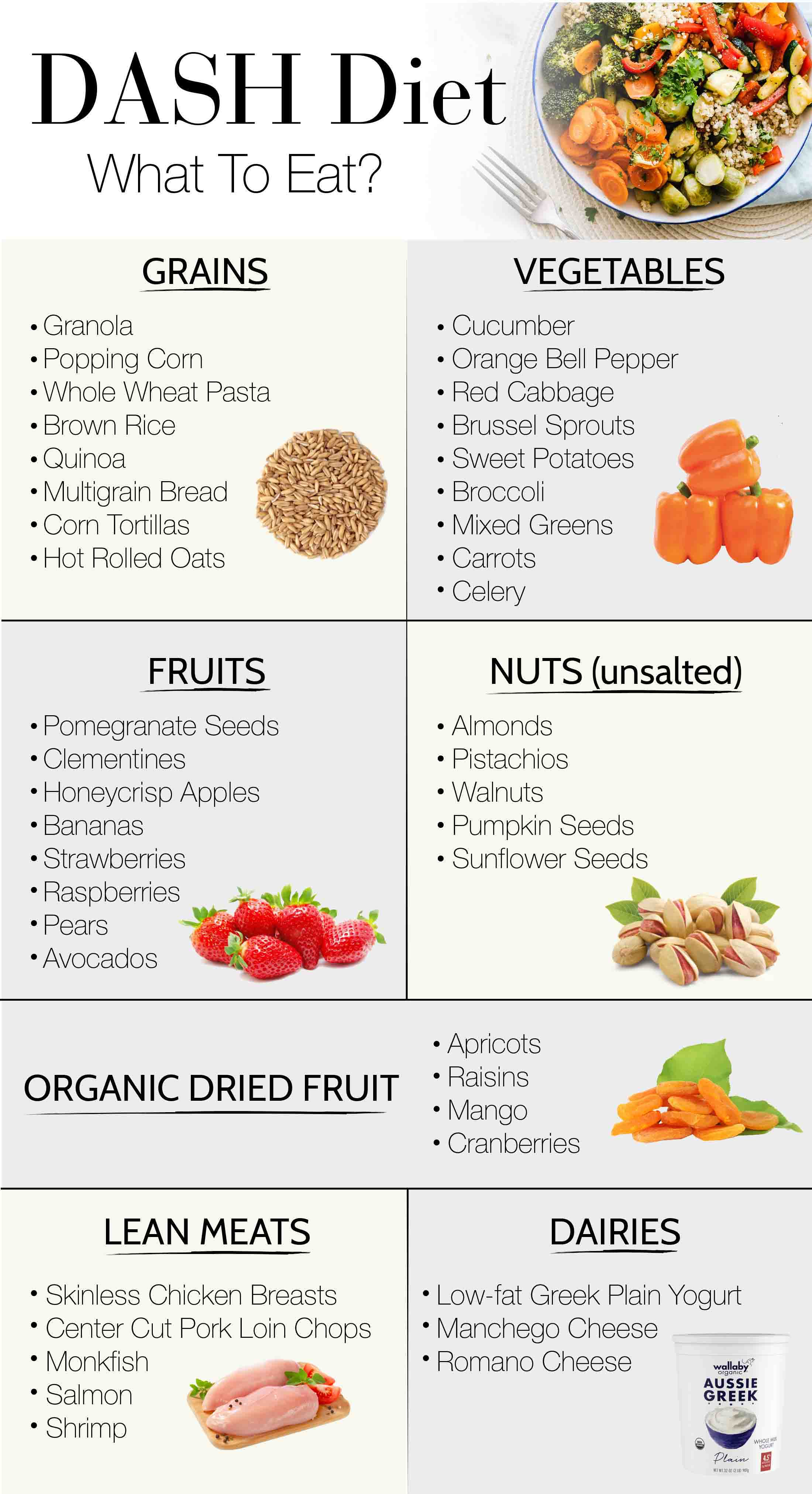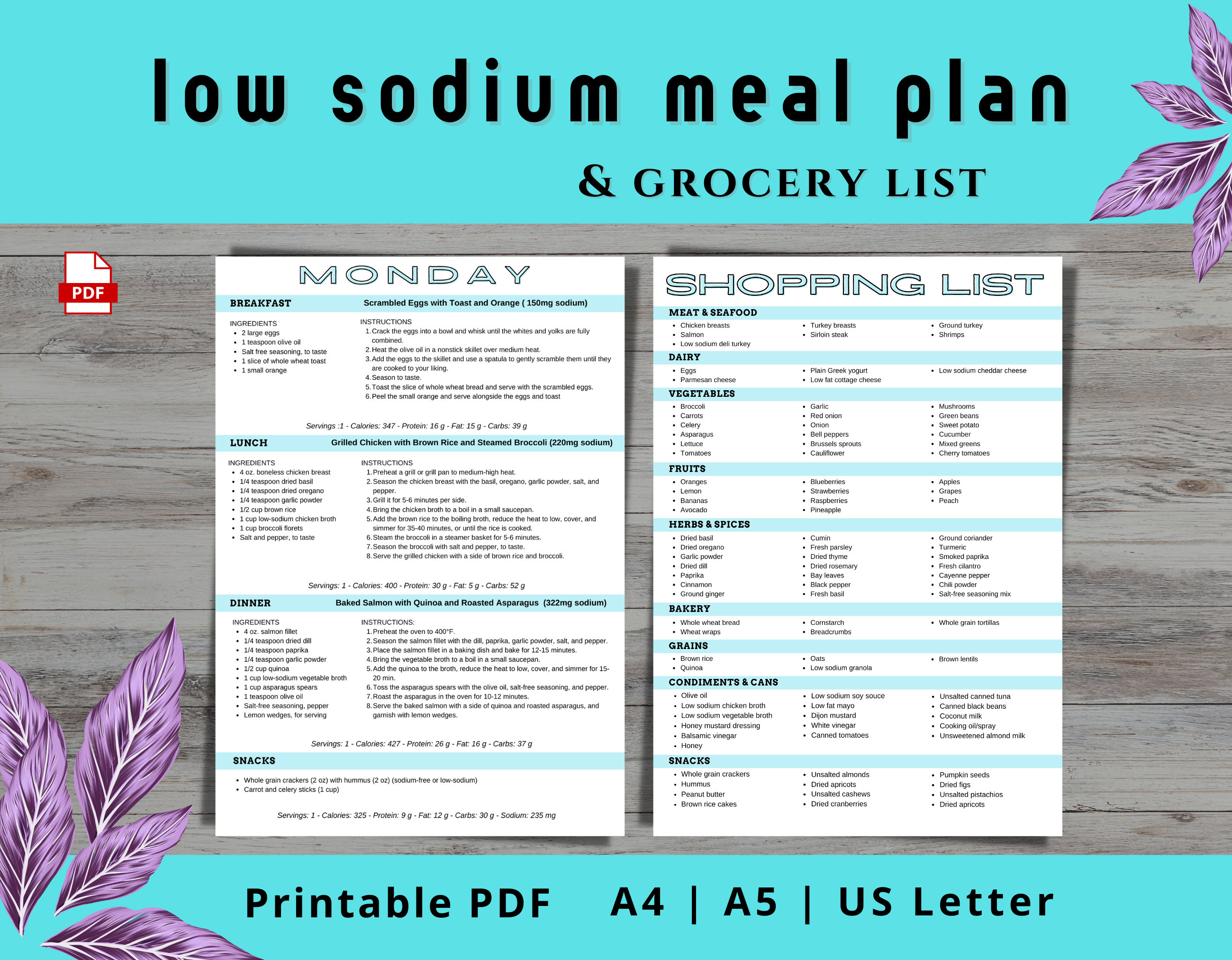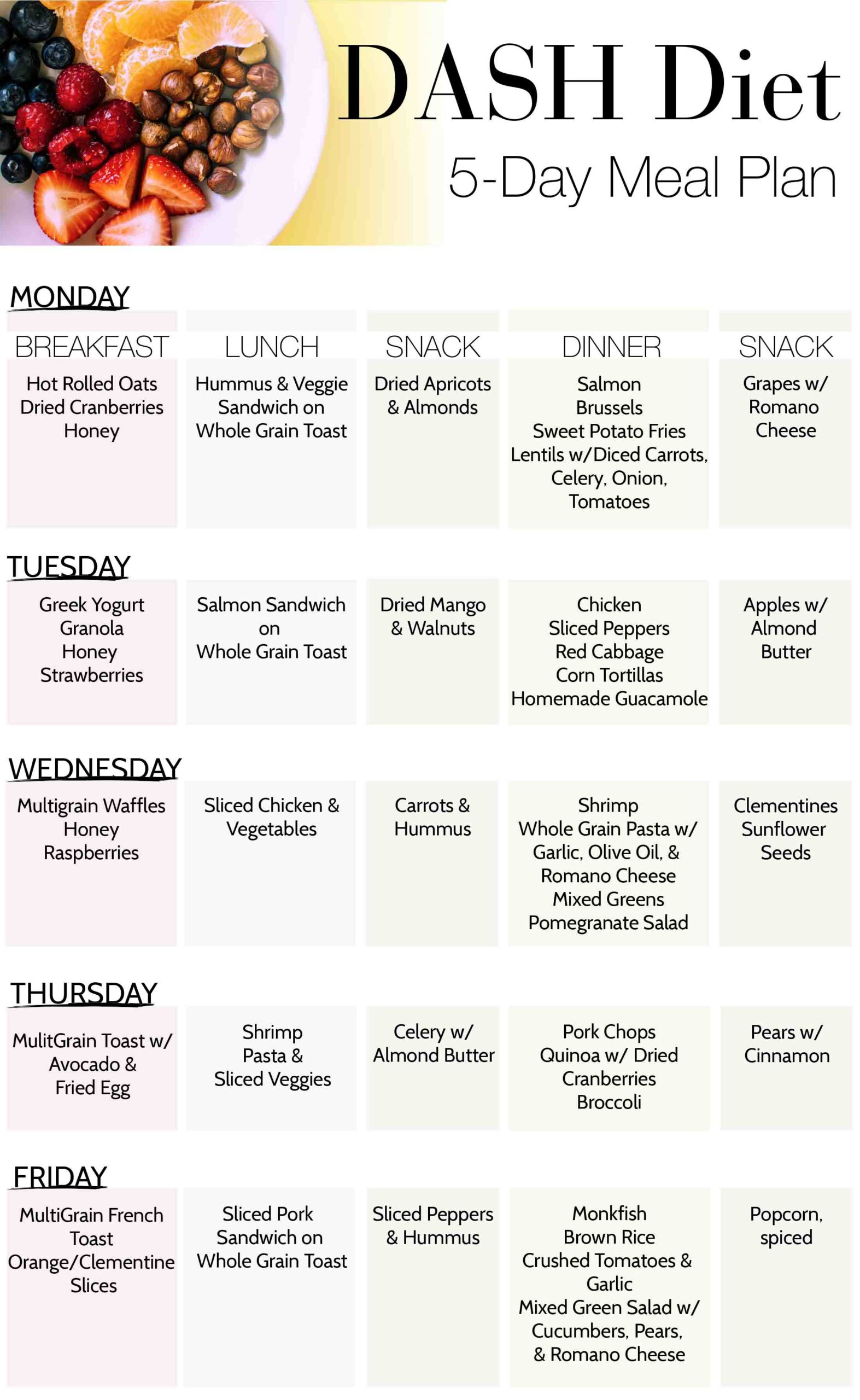“`html
Essential Guide to a 7-Day Low-Sodium Diet Meal Plan for Improved Health
Embarking on a low sodium diet can significantly enhance your heart health and overall well-being. This comprehensive 7-day meal plan is designed to assist you in sodium intake reduction while ensuring balanced nutrition through delicious and wholesome meals. Let’s dive into what a low-sodium diet entails, its benefits, and the meal options available.
Understanding Low Sodium Diets
A low sodium diet restricts the intake of sodium, aiming to lower blood pressure and promote heart health. It is vital to be aware of sodium level guidelines as they vary by age, health conditions, and dietary restrictions. Understanding how to read food labels is crucial in selecting low sodium foods and managing your meals effectively. Incorporating fresh fruits and vegetables, lean proteins, and high fiber foods will contribute to a nutritious diet free from excess sodium.
Benefits of Reducing Sodium Intake
Reducing sodium intake can lead to numerous health benefits. Studies show that lowering sodium levels can help decrease the risk of heart disease and stroke. Additionally, it may improve kidney function and aid in weight management. Integrating low sodium seasonings, such as herbs and spices, can enhance flavor without compromising heart health. Implementing a meal planning strategy can also help in optimizing your meals for both nutrition and taste.
Choosing Low Sodium Foods
When selecting low sodium foods, prioritize items that are minimally processed. Opt for whole grains, nuts, seeds, and fresh meat rather than prepackaged meals, which often contain high sodium levels as preservatives. Incorporating a variety of wholesome meals with plenty of vegetables is not only satisfying but also supports a healthy eating pattern. Always check the sodium content on food labels to make informed food choices that align with your nutrition goals.
Sample 7-Day Low-Sodium Meal Plan
This plan will provide a structured layout for each day, featuring wholesome meals, including low sodium breakfast, lunch, and dinner options. Meal prep ideas ensure you can maintain a consistent intake of healthy meals throughout the week. Here’s a simple plan that emphasizes balanced meals.
Day 1: Starting Strong
Breakfast: Oatmeal with fresh fruits and a sprinkle of cinnamon is a nourishing start. Ensure to use low sodium milk or water as the base.
Lunch: A quinoa salad with black beans, cucumbers, and a homemade vinaigrette (using low sodium ingredients) offers a refreshing meal option.
Dinner: Grilled chicken seasoned with herbs, served with steamed broccoli and brown rice makes for a fulfilling and heart-healthy dinner choice.
Day 2: Keeping it Light
Breakfast: Prepare a smoothie bowl featuring spinach, banana, and low sodium Greek yogurt for a nutrient-packed start.
Lunch: A wrap with whole wheat tortilla, grilled vegetables, and low sodium hummus creates a delicious meal on the go.
Dinner: Baked salmon with asparagus and quinoa is a great combination filled with healthy fats and protein.
Budget-Friendly Alternatives
Sticking to a budget doesn’t mean you have to compromise on quality. Consider purchasing seasonal produce, which is often more affordable, and use ingredient swaps to create delicious meals. For example, substituting a fresh salad for a side of fries allows for a nutritious complement that is also economical. Utilizing meal prep containers can help save both time and money, ensuring you stay on track with your dietary goals.
Meal Prep Tips for Success
Meal prep strategies can make following a low sodium diet easier and more effective. Focusing on portion control and planning your meals ahead of time allows for better food choices during the week. Cooking large batches of wholesome meals or snacks, freezing portions, and using healthy cooking methods such as grilling or steaming can enhance your dietary routine.
Effective Meal Prep Techniques
To maximize your meal prep efficiency, consider dedicating one day a week for cooking and organizing your meals. Utilize a grocery list tailored to your 7-day meal plan to reduce impulse purchases and focus on nutrition-rich foods. Keep in mind that preparing homemade seasonings can vastly improve flavor while keeping sodium levels low. For instance, using garlic, lemon, and spices instead of store-bought sauces can keep your meals flavorful and healthy.
Maintaining Meal Variety
To avoid boredom in your meals, explore various recipes and seasonal produce. Integrate healthy snacks throughout the day, such as low sodium nuts or yogurt with fruits, to maintain energy levels. Considering food combinations like pairing whole grains with lean proteins, ensures both nutrient balance and satisfaction throughout the day. Having a toolkit of versatile recipes will enhance your cooking variety and optimize the health benefits.
Healthy Cooking Techniques
Cooking methods greatly influence the nutritional quality of your meals. Avoid frying and instead utilize grilling, baking, steaming, or stir-frying with small amounts of healthy fats. This not only reduces calorie count but also maintains the freshness and nutrients of the ingredients. Familiarize yourself with effective cooking strategies that bolster flavor and provide a satisfying dining experience.
Utilizing Cooking Herbs and Spices
Experimenting with cooking herbs and spices is an excellent way to add flavor without adding sodium. Fresh herbs like basil, cilantro, and rosemary can elevate a dish dramatically. Try creating your low sodium condiments to ensure taste while aligning with your dietary restrictions.
Meal Time Considerations
Meal timing can be just as important as meal preparation. Eating smaller, balanced meals throughout the day helps manage hunger and metabolic rate. Consider nutrient timing, ensuring you combine proteins with complex carbohydrates and healthy fats for a balanced diet. This approach can significantly support your weight management and dietary goals.
FAQ
1. What are some low sodium snacks I can prepare?
Some quick and easy low sodium snacks include fresh fruit, low sodium yogurt with granola, raw vegetables with homemade hummus, or unsalted nuts. Additionally, high-fiber foods like baby carrots or celery sticks can keep you feeling full between meals without the added salt.
2. How can I effectively track my sodium intake?
Monitoring sodium intake can be done through dietary apps or a simple food diary. Recording what you eat, along with the sodium contents found on nutrition labels, can help ensure you stay within your daily limits. Being mindful of portion sizes also plays a significant role in managing sodium intake.
3. Are there easy recipes available for low sodium meals?
Absolutely! There are numerous easy recipes for low sodium meals that you can find online, including stir-fried vegetables with brown rice, baked chicken with herbs, or lentil soup made with low sodium broth. Websites focusing on healthy cooking often provide creative meal ideas catering to sodium restrictions.
4. What is the best way to incorporate dietary changes into my routine?
When integrating dietary changes, start gradually. Focus on one meal at a time, introducing low sodium options without drastically altering your diet initially. Meal planning can aid in making healthy choices and establishing a routine that incorporates lots of whole, nutritious foods.
5. How does hydration play a role in a low sodium diet?
Staying hydrated is essential when following a low sodium diet. Drinking plenty of water helps flush out excess salt and supports kidney function. It’s also key in ensuring proper digestion and nutrition absorption. Aim for adequate hydration daily to support your overall health goals.
Through mindful cooking and meal planning, adopting a low sodium diet can significantly improve your heart health and overall wellness. Whether you’re looking for meal inspiration or exploring new recipes, each step encourages healthier choices on your wellness journey.


“`
